Friday Finds — Toxic Learning Styles, Addictive Content, Email Marketing
Mike Taylor
FEBRUARY 16, 2024
It emphasizes that the belief in learning styles can lead educators to limit their teaching strategies and students to confine their learning potential, thereby hindering the educational process. Click on over to see which platform offers the most robust free version so you can give it a test drive with real projects.

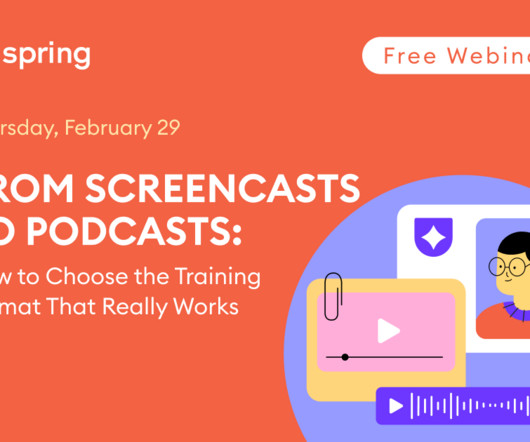
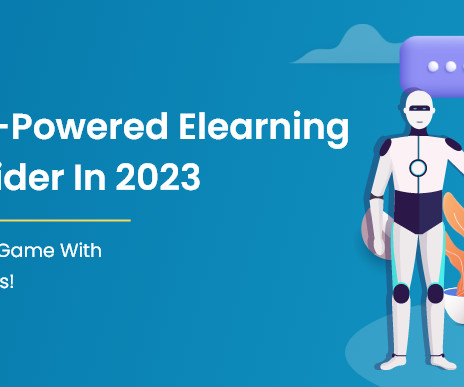







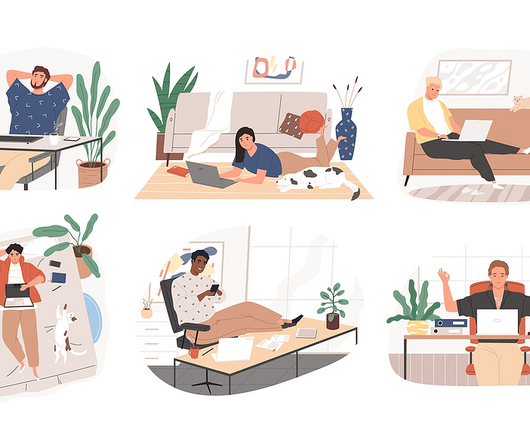
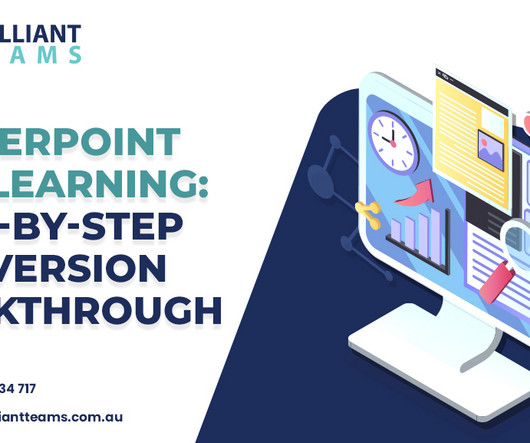





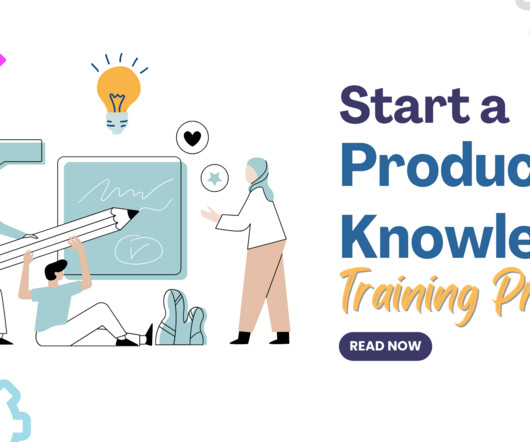



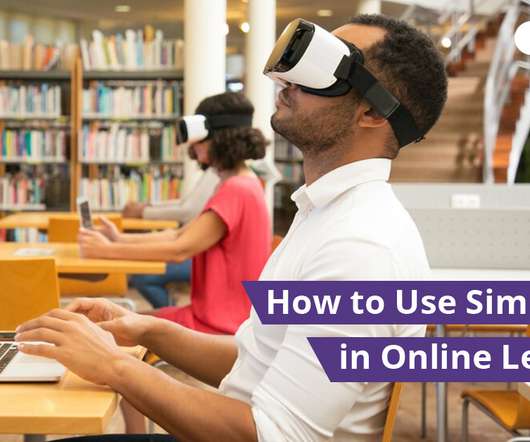
























Let's personalize your content